Properly disinfecting dishes is essential for maintaining good hygiene and preventing the spread of harmful bacteria and viruses, especially when a dishwasher is not available. While dishwashers are designed to sanitize dishes efficiently, there are simple and effective methods to achieve the same results by hand. This guide will provide you with practical steps of how to disinfect dishes without dishwasher.
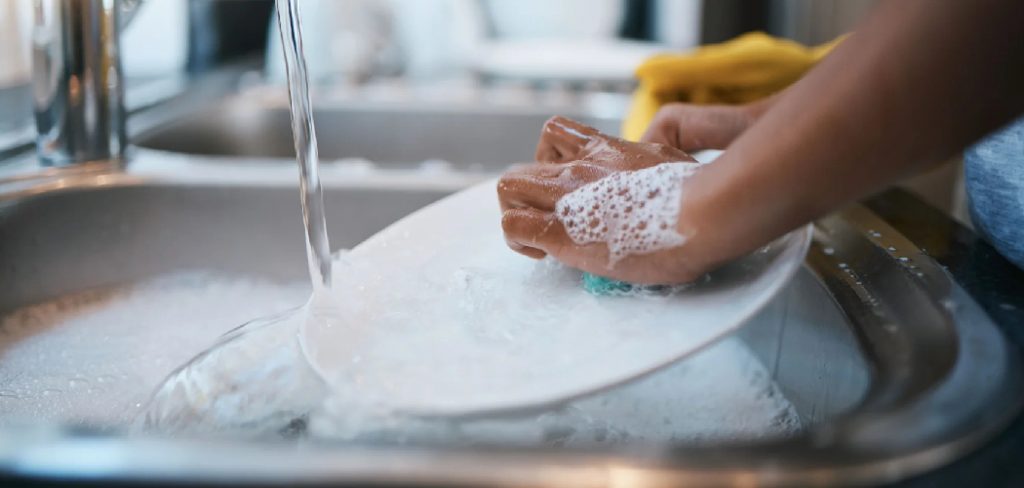
Why Proper Dish Sanitation Matters
Proper dish sanitation is crucial for protecting your health and the health of your loved ones. Dishes, utensils, and cookware come into direct contact with the food we eat, making them potential carriers of bacteria, viruses, and other pathogens if not cleaned properly. Unsanitary dishes can lead to foodborne illnesses, which may cause symptoms ranging from mild discomfort to severe health complications. Additionally, effective sanitation prevents cross-contamination, ensuring that harmful germs do not spread from one item to another. By prioritizing dish sanitation, you create a safer and more hygienic environment in your kitchen, reducing the risk of illness and promoting overall well-being.
Essential Supplies for Manual Dish Disinfection
To disinfect dishes manually, you will need a few basic yet essential supplies. These include:
- Warm Water: Warm water is necessary for rinsing and loosening food particles from dishes. It also helps in removing grease and grime more effectively compared to cold water.
- Dish Soap: A good-quality dish soap is essential for cleaning and breaking down oils and leftover food. Look for antibacterial varieties for added germ-fighting properties.
- Disinfecting Solution: A safe disinfecting solution, such as a mixture of water and household bleach (1 tablespoon of bleach per gallon of water), is crucial for killing bacteria and viruses. Ensure the bleach is labeled as safe for use on dishes.
- Scrubbing Tools: Sponges, dish brushes, or scouring pads help scrub away stubborn residue. Opt for tools with antimicrobial properties or ones that can be washed and dried thoroughly between uses.
- Rubber Gloves: Wearing rubber gloves protects your hands from hot water and cleaning solutions, preventing irritation and improving hygiene.
- Drying Rack or Clean Towels: After cleaning, air-drying dishes on a drying rack is the most hygienic option, though clean towels can also be used to pat dishes dry.
Having these supplies on hand ensures that you can effectively and safely disinfect your dishes, even without a dishwasher.
10 Methods How to Disinfect Dishes without Dishwasher
1. Boiling Water Method
Boiling water is one of the most effective ways to kill bacteria and viruses on dishes. To use this method, first wash the dishes with soap and water to remove food particles and grease. Then, bring a large pot of water to a rolling boil. Using tongs, carefully submerge the dishes in the boiling water for at least one minute. For extra sanitation, let them soak for three to five minutes. Finally, remove them and allow them to air dry completely on a clean dish rack.
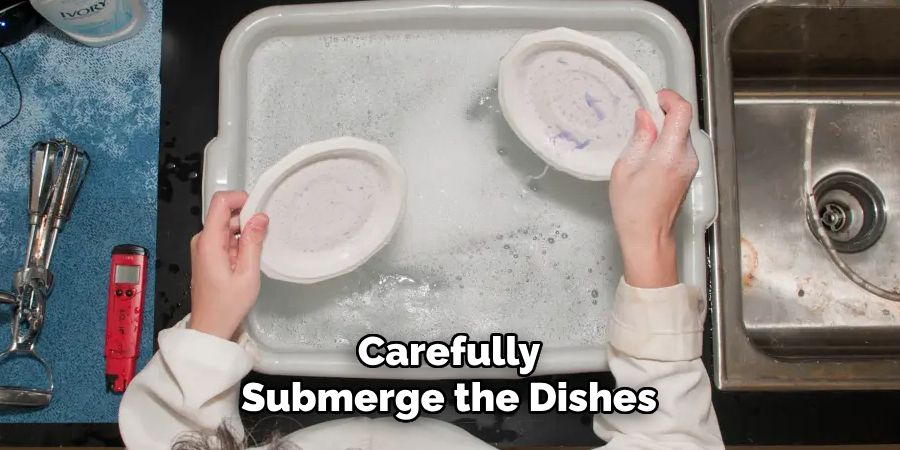
2. Bleach Solution Soak
Bleach is a powerful disinfectant that effectively eliminates bacteria and viruses. To sanitize dishes, mix one tablespoon of unscented household bleach per gallon of cool water in a clean sink or basin. After washing and rinsing the dishes, immerse them in the bleach solution for at least one minute. Avoid using hot water, as it can reduce the effectiveness of bleach. Once done, remove the dishes and let them air dry without rinsing, as the residual bleach will evaporate safely.
3. Vinegar Rinse
White vinegar has natural antimicrobial properties, making it a safe and eco-friendly option for disinfecting dishes. After washing your dishes with soap and water, prepare a solution by mixing equal parts white vinegar and water. Submerge the dishes in the solution for at least five minutes. The acidity of the vinegar helps eliminate bacteria and loosen any remaining residue. Once soaked, place the dishes on a drying rack to air dry without rinsing, as the vinegar odor will dissipate.
4. Hydrogen Peroxide Spray
Hydrogen peroxide is a non-toxic disinfectant that effectively kills bacteria, fungi, and viruses. To use this method, wash and rinse the dishes as usual. Then, fill a spray bottle with 3% hydrogen peroxide and generously mist the dishes. Allow the solution to sit for at least ten minutes before air drying. Avoid mixing hydrogen peroxide with vinegar in the same container, as it can create peracetic acid, which can be irritating to the skin and respiratory system.
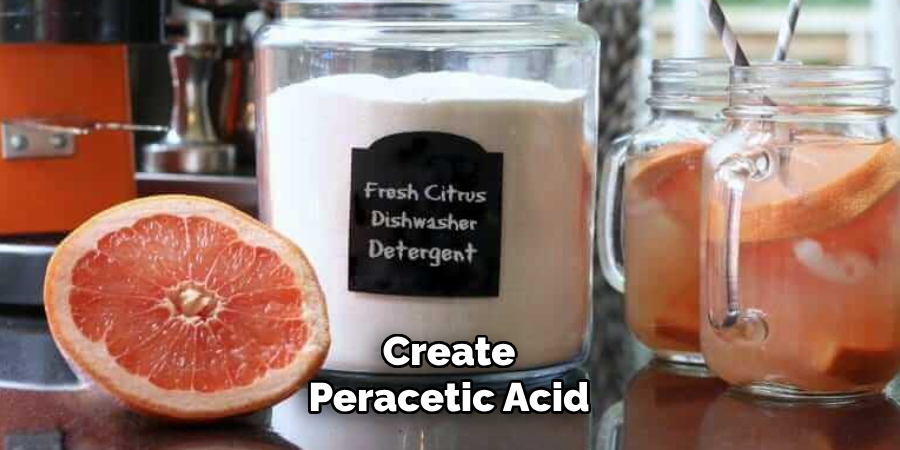
5. Steam Disinfection
Steam is an excellent way to kill germs without using chemicals. If you have a steam cleaner, direct the steam over the washed dishes for a few minutes to ensure they are properly sanitized. Alternatively, you can place the clean dishes in a colander over a pot of boiling water, covering them with a lid to trap the steam. Let them steam for at least five minutes before removing them carefully with tongs and allowing them to air dry.
6. Baking Soda Scrub
Baking soda is well known for its deodorizing and mild abrasive properties, which can help remove stubborn bacteria and grease. After washing the dishes, create a paste using baking soda and water. Apply the paste to the dishes, scrubbing gently with a sponge. Allow the paste to sit for five to ten minutes before rinsing thoroughly. This method works best for dishes that require additional scrubbing and deodorization.
7. Lemon and Salt Disinfection
Lemon juice has natural antibacterial properties due to its high acidity, while salt acts as a gentle abrasive that helps scrub away contaminants. To disinfect dishes, cut a lemon in half and sprinkle salt onto the cut surface. Use the lemon as a scrubber, applying it directly to the dish surfaces. Let the lemon juice sit for five minutes before rinsing thoroughly with hot water. This method not only disinfects but also leaves a fresh, natural scent on your dishes.
8. Sunlight Sterilization
The sun’s ultraviolet (UV) rays have natural disinfecting properties that can help kill bacteria and viruses. After washing and rinsing your dishes, place them outside in direct sunlight on a clean drying rack. Let them sit for at least one hour, ensuring they receive ample sunlight exposure. This method is particularly effective for plastic dishes and baby bottles, as it avoids harsh chemicals and high heat exposure.
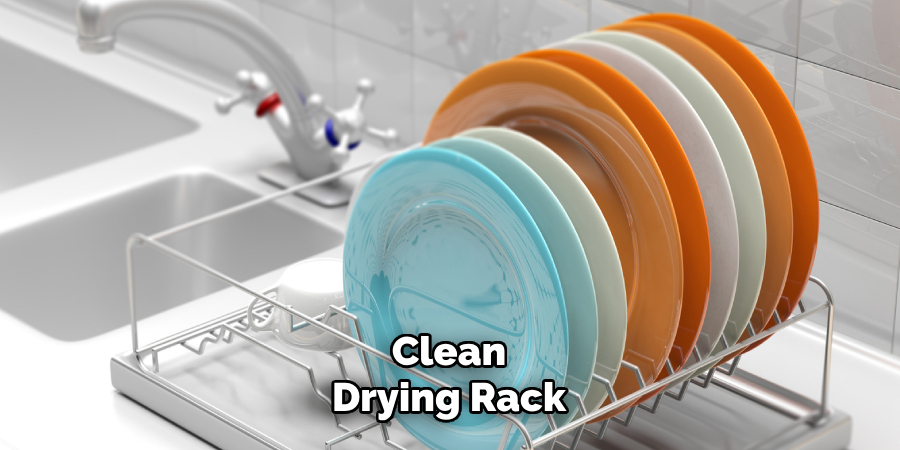
9. Hot Soap and Water with Extended Soak
While standard dishwashing soap removes grease and food particles, an extended soak in hot soapy water enhances its disinfecting effectiveness. Fill a basin with the hottest water you can safely handle, then add a generous amount of dish soap. Submerge the dishes and let them soak for at least fifteen minutes before scrubbing and rinsing. The prolonged exposure to hot, soapy water helps break down bacteria and grease.
10. Alcohol-Based Wipe Down
Rubbing alcohol (at least 70% isopropyl alcohol) is an effective disinfectant that can be used for quick sanitation. After washing and drying dishes, dampen a clean cloth or paper towel with rubbing alcohol and wipe down the dish surfaces. Allow the alcohol to evaporate completely before using the dishes. This method is especially useful for disinfecting frequently handled utensils, cutting boards, and glassware.
Maintenance and Upkeep
Proper maintenance and regular upkeep of your dishware are essential to ensure cleanliness and longevity. Begin by routinely inspecting your dishes, utensils, and cutting boards for cracks, chips, or damage, as these imperfections can harbor bacteria and make effective cleaning difficult. Replace any compromised items promptly. Store dishes in a clean, dry environment to prevent moisture buildup, which can encourage mold and bacterial growth. Additionally, clean your drying racks and dish sponges frequently, as they can become breeding grounds for germs. Rotate between multiple sponges or opt for silicone scrubbers, which are easier to sanitize. By maintaining these practices, you can support a healthier kitchen environment and extend the life of your dishware.
Tips for Achieving the Best Results
When it comes to maintaining a clean and hygienic kitchen, consistency and attention to detail are key. Here are a few tips to achieve the best results when disinfecting your dishes:
Use Clean Tools
Always start with clean sponges, cloths, or scrubbers to prevent transferring bacteria. Replace dish sponges every two to three weeks or when they start to smell, and clean them regularly in the microwave or dishwasher.
Proper Water Temperature
Whether you’re washing or rinsing, use the appropriate water temperature. Hot water is ideal for removing grease and sanitizing, while lukewarm water is better when using bleach to ensure its effectiveness.
Allow Extended Drying Time
Ensure your dishes are completely dry before storing them to reduce the risk of bacterial growth. Air drying is the most hygienic method, and using a clean drying rack in a well-ventilated area is best.
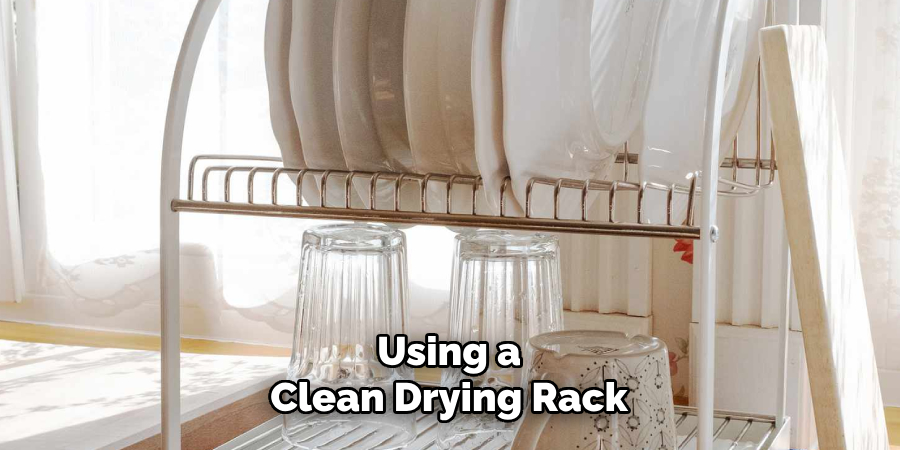
Follow Instructions for Disinfectants
Each disinfectant works best when used according to its specific guidelines. For instance, allowing sufficient soak or contact time is crucial for maximum effectiveness.
Prioritize High-Touch Items
Pay extra attention to utensils, cutting boards, and glassware, as these high-use items are more likely to come into direct contact with food and hands.
Conclusion
Disinfecting dishes without a dishwasher is entirely achievable with various methods that cater to different needs and preferences. Whether using natural alternatives like vinegar and lemon or powerful disinfectants like bleach and hydrogen peroxide, each method ensures that your dishes remain hygienic and safe for use. Implementing these techniques regularly will help prevent cross-contamination and contribute to a healthier kitchen environment. So, there you have it – a quick and easy guide on how to disinfect dishes without dishwasher.
Professional Focus
Angela Ervin, a former interior designer turned blogger, specializes in kitchen design and renovations. Through her website, she blends her passion for cooking with design expertise, sharing practical and creative ideas. Known for balancing functionality and beauty, Angela’s insightful content has made her a trusted voice in home design and lifestyle.
About the Author
Angela Ervin, an experienced interior designer and blogger, combines her passion for kitchen renovations with storytelling. Living in Petersburg with her family, she enjoys cooking and testing her projects firsthand. Known for her humor and relatable style, Angela shares creative, functional design insights through her content, making her a trusted voice in home design.
Education History
University: Virginia Commonwealth University
Degree: Bachelor of Fine Arts (BFA) in Interior Design
- Angela’s education at VCU focused on mastering core interior design principles, including spatial planning, color theory, materials selection, and sustainable design practices.
- She gained hands-on experience through studio projects and collaborative design exercises, which honed her ability to create functional and aesthetically pleasing environments.
- Her coursework also emphasized problem-solving and practical applications of design, preparing her for real-world projects like her self-directed kitchen renovations.
- The program’s strong foundation in both technical skills and creative expression shaped Angela’s ability to seamlessly integrate form and function in her work.
